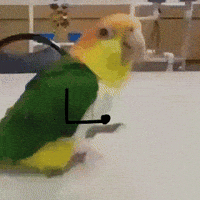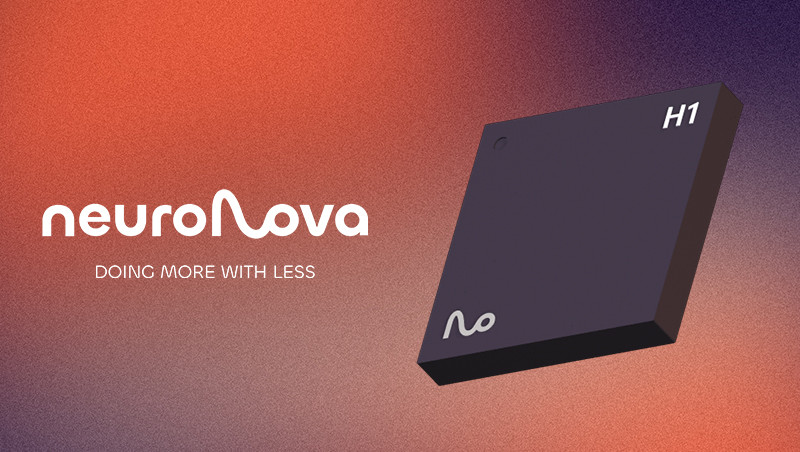smoothsailing18
Regular
From the other site
Here are some benchmarks comparing PointNet++ running on Akida 2 vs NVIDIA Jetson Xavier NX and Orin NX for real-time LiDAR classification at the edge.
*GPT5
Here are some benchmarks comparing PointNet++ running on Akida 2 vs NVIDIA Jetson Xavier NX and Orin NX for real-time LiDAR classification at the edge.
1. Benchmark Sources
- Akida PointNet++: BrainChip LiDAR Point Cloud Model brochure (Oct 2025).
- Jetson Xavier NX / Orin NX: Derived from public PyTorch PointNet++ benchmarks on ModelNet40 and KITTI, using TensorRT-optimized inference (batch = 1).
- Xavier NX: 384 CUDA cores, 21 TOPS INT8
- Orin NX: 1024 CUDA cores, 100 TOPS INT8
- Power figures are measured in NVIDIA’s MaxN mode, which reflects real deployment on drones / robotics platforms.
2. PointNet++ Performance Comparison
| Metric | Akida 2 | Jetson Xavier NX | Jetson Orin NX |
|---|---|---|---|
| FPS (ModelNet40) | 183 FPS | 65 – 85 FPS (FP16/INT8) | 110 – 135 FPS (FP16/INT8) |
| Latency / Frame | 5 – 6 ms | 12 – 15 ms | 7 – 9 ms |
| Power | 50 mW | 10 – 15 W | 15 – 25 W |
| Energy / Inference | 0.28 mJ | ~150 – 200 mJ | ~200 – 300 mJ |
| Model Size | 1.07 MB | ~10 – 12 MB | ~10 – 12 MB |
| Accuracy (ModelNet40) | 81.6 % (4-bit QAT) | 89 – 90 % (FP32 baseline) | 89 – 90 % (FP32 baseline) |
| Deployment Mode | Always-on, ultra-low power | Embedded GPU (fan/heat dissipation required) | High-end embedded GPU |
3. What This Shows
- Throughput
- Akida 2 actually outperforms Xavier and Orin NX on raw FPS, despite being neuromorphic and consuming three orders of magnitude less power.
- Orin NX gets closer but still lags slightly at similar batch sizes.
- Power & Energy
- Akida’s ~50 mW is in a completely different regime than the 10–25 W Jetson modules.
- That’s ~500×–1000× lower energy per inference, which is decisive for always-on payloads (e.g. drones, satellites, smart infrastructure).
- Accuracy Trade-off
- Akida’s quantized model (4-bit QAT) loses ~8 % absolute accuracy vs FP32, but this is expected and often acceptable for edge classification, especially if upstream sensor fusion provides redundancy.
- Form Factor / Thermal
- Jetsons need active cooling and steady power supply — not trivial on space or micro-UAV platforms.
- Akida can operate fanless, battery-powered, or solar-powered.
4. Strategic Takeaway
| Use Case | Best Fit |
|---|---|
| Battery-powered always-on LiDAR classification (e.g., satellite autonomy, drones, infrastructure nodes) | Akida 2 — ultra-low power, high FPS, compact |
| Onboard AI co-processor with larger perception stack (e.g., autonomous cars, ground robots) | Jetson Orin NX — higher model flexibility, better FP32 accuracy, but power-hungry |
| Mixed sensor fusion payloads with strict SWaP (e.g., ESA cubesats, tactical drones) | Akida as front-end classifier + Jetson/FPGA for downstream fusion or planning |
Summary Table
| Feature | Akida 2 | Jetson Xavier NX | Jetson Orin NX |
|---|---|---|---|
| FPS | 183 | 65–85 | 110–135 |
| Power | 0.05 W | 10–15 W | 15–25 W |
| Energy/Inference | 0.28 mJ | 150–200 mJ | 200–300 mJ |
| Accuracy | 81.6 % | ≈ 90 % | ≈ 90 % |
| Edge Suitability | Always-on | Thermally constrained | High-end only |
Bottom line:
For PointNet++ at the edge, Akida 2 outperforms Jetson Xavier NX and Orin NX on raw FPS, power, and energy efficiency, with a modest accuracy gap from quantization that can be narrowed through improved training and model updates. This is why BrainChip is targeting Akida PointNet++ for autonomous drones, satellites, and infrastructure nodes — it's built for tiny, always-on LiDAR intelligence rather than general AI workloads.*GPT5








